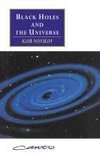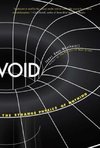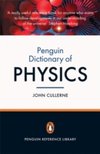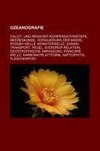
-
 Anglický jazyk
Anglický jazyk
Controlling CoSi2 formation temperature by reactive deposition
Autor: Hind Ali Ahmed
When cobalt is evaporated under ultra high vacuum conditions conditions onto a heated silicon substrate, the cobalt reacts with the silicon and cobalt silicides are formed directly - a process which is referred to as reactive deposition. If the substrate... Viac o knihe
Na objednávku, dodanie 2-4 týždne
45.36 €
bežná cena: 50.40 €
O knihe
When cobalt is evaporated under ultra high vacuum conditions conditions onto a heated silicon substrate, the cobalt reacts with the silicon and cobalt silicides are formed directly - a process which is referred to as reactive deposition. If the substrate temperature is maintained above 550°C a CoSi2 film is produced, while at substrate temperatures below 500°C the film is in the form of CoSi. At intermediate temperatures a mixed mono/di-silicide film is produced. A combination of real-time RBS and real-time XRD has been used to study the effect of the temperature of reactive deposition used to produce CoSi on the subsequent formation temperature of CoSi2. Real-time XRD proved to be a very convenient method for determining the temperature of onset of CoSi2 formation, while real-time RBS is able to provide detailed information about the rate of disilicide formation. The results of the investigation show that the temperature at which the reactive deposition was carried out had a significant effect on the formation temperature of CoSi2: the lower the reactive deposition temperature used to form the CoSi film, the higher the subsequent formation temperature of CoSi2.
- Vydavateľstvo: LAP LAMBERT Academic Publishing
- Rok vydania: 2010
- Formát: Paperback
- Rozmer: 220 x 150 mm
- Jazyk: Anglický jazyk
- ISBN: 9783838339382












 Nemecký jazyk
Nemecký jazyk 